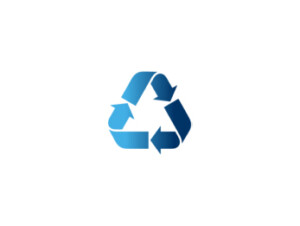
3 Reasons to Wipe Data from Your Hard Drives Before Recycling
Getting rid of your retired electronics and IT equipment? Before you recycle…
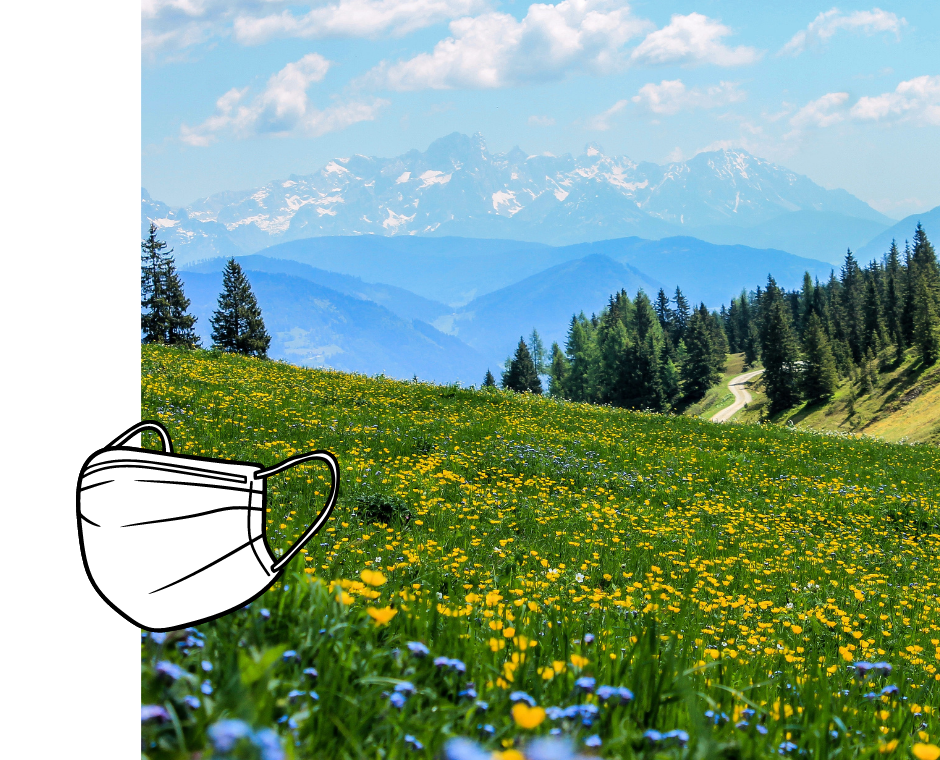
Earth Day, a holiday that began in the U.S. at the beginning of the 1970s, has grown to an international level of recognition. Despite fears over Covid-19, Earth Day saw an impressive level of global participation in 2020 on its 50th anniversary.
More than 100 million people participated globally. Earth Day represents a chance for many communities to join together and address environmental concerns.
Earth Day provides everyone with an opportunity to review their climate impact. So, where did this holiday begin?
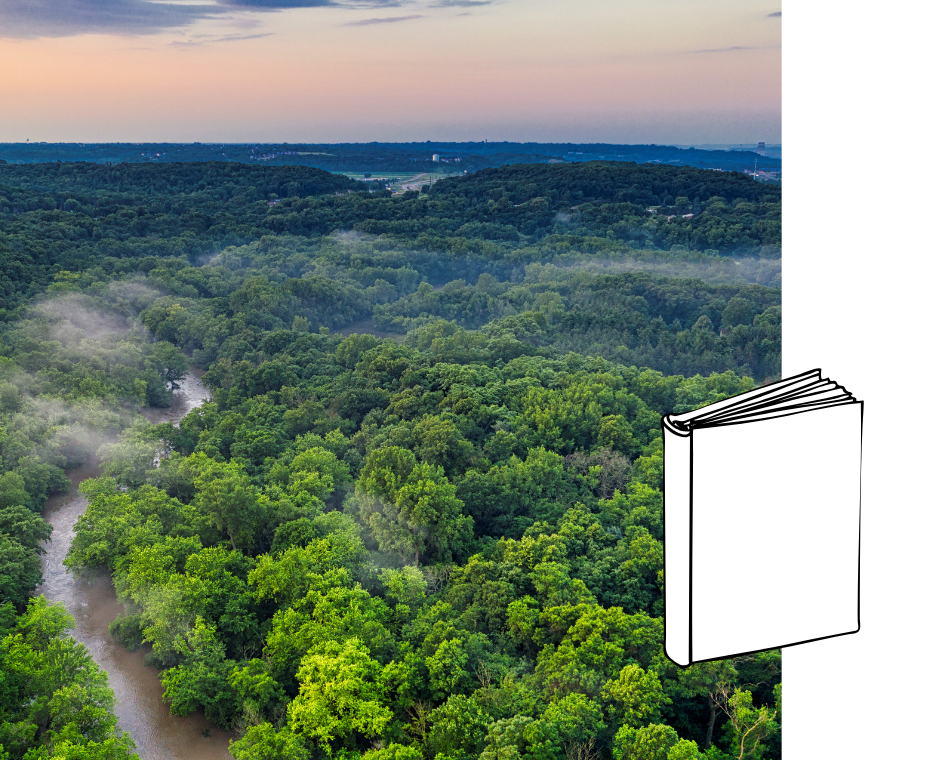
Environmental concerns came to the front of national consciousness in the 1960s. A part of this is exemplified by Rachel Carson’s “Silent Spring,” released in 1962. “Silent Spring” focused on chemical pesticides. It resulted in increased grassroots efforts for environmentalism.
Still, it wasn’t “Silent Spring” alone that led to Earth Day’s creation. The 1960s resulted in a shift towards environmental consciousness in the 1970s. This altered attitude came about due to several factors.
These concerns followed high smog levels in the cities of Los Angeles and New York. The Santa Barbara oil spill and the Cuyahoga River fires of 1969 also lent to growing awareness of our impact on the environment.
Stamp Out Smog was a woman-led activist group that sought to improve air quality in Los Angeles. It was one of a few groups that focused on air quality. Alfred Butzel, an environmental lawyer based in New York, says of the smog in 1964, “I not only saw the pollution, I wiped it off my windowsills. You’d look at the horizon, and it would be yellowish. It was business as normal.”
The Santa Barbara oil spill that occurred in 1969 contributed massively to changing policies on how oil and gas are handled within the United States. The oil spill dumped 3 million gallons of oil into the ocean along the coast of California.
The Cuyahoga River fires occurred as a result of pollution in the river. The Cuyahoga River, located in Cleveland, caught fire a dozen times, but locals weren’t overly concerned or surprised when the fires occurred. The river was heavily polluted with oil. However, the fire became a call to action in the minds of concerned environmentalists. It provided a dramatic visual to spur environmental efforts.
After WWII, U.S. residents had more leisure time, and the national parks began to welcome more people. Increased interest forced the U.S. Forest Service to re-examine the meaning of “the greatest good.”
One of the primary principles of the U.S. Forest Service is founded on the quote, “The greatest good for the greatest number.” In practical terms, they apply it to their forestry operations. They protect and steward national parks while also selling materials from the parks, like wood, to logging companies.
The 1960s and rising public support for environmentalism led to Earth Day.
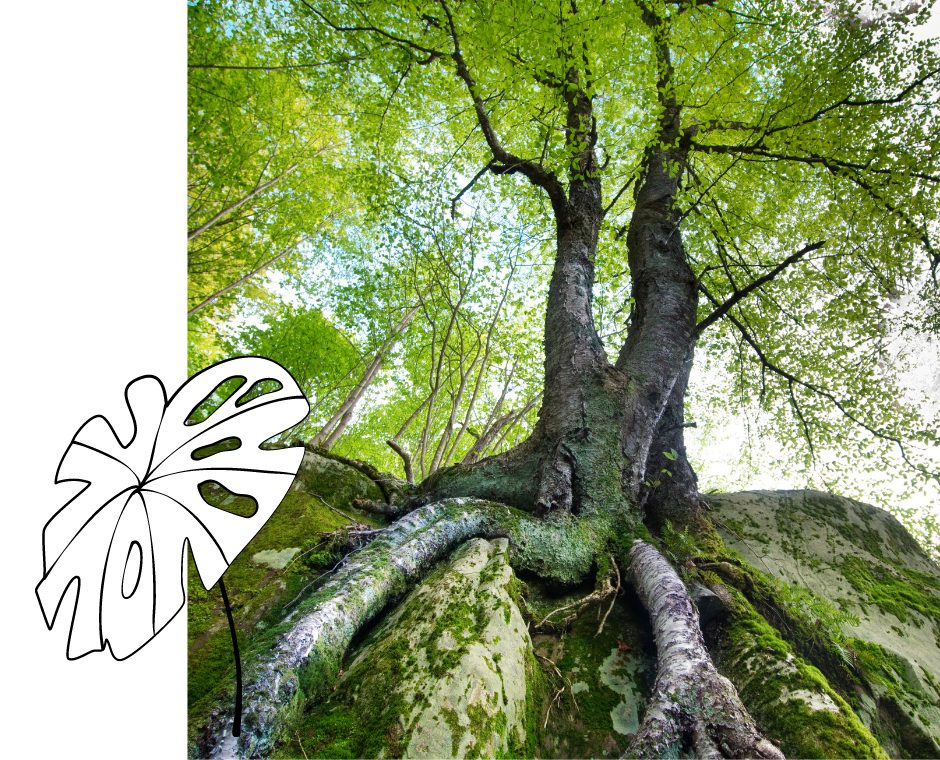
The first Earth Day took place on April 22, 1970. Gaylord Nelson, a junior senator from Wisconsin, established the first Earth Day.
Young activists and volunteers helped organize the first Earth Day. The now international holiday began as a “teach-in” on college campuses. Earth Day united the interests of several groups within the U.S. population.
Because Earth Day fell on a school day, schools participated by planting flowers. Activists gathered and protested pollution in major cities like New York.
Artists and designers participated by creating graphics. Julian Koenig crafted the title for the holiday, “Earth Day,” a name that has followed the holiday to its present-day incarnation.
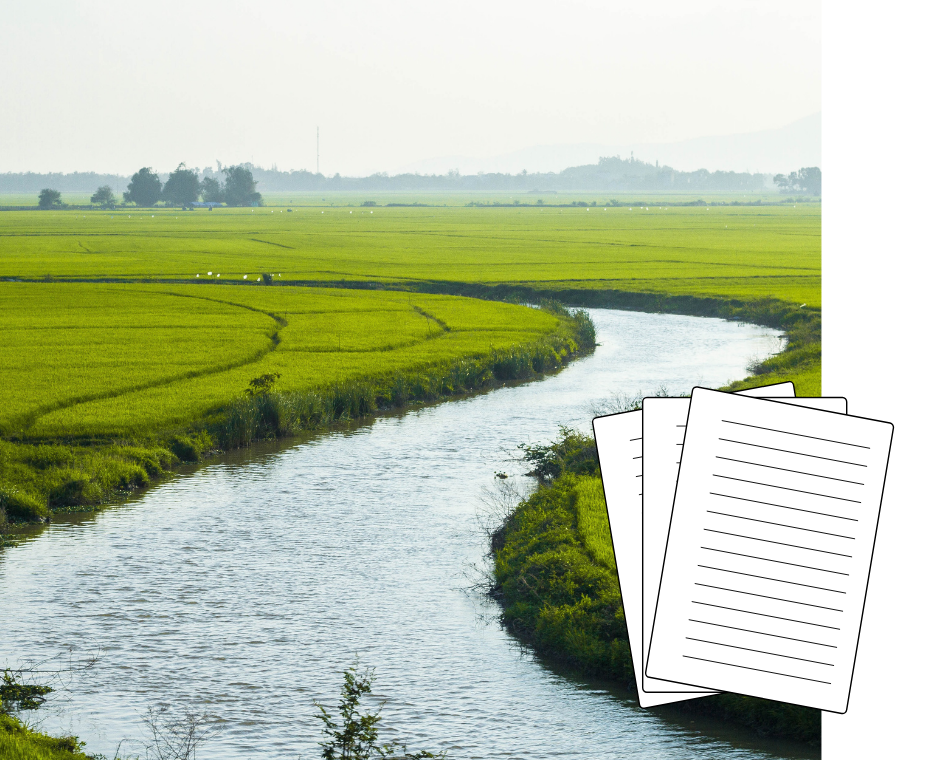
Earth Day saw high levels of participation across many groups within the United States. Following the creation of Earth Day, there was a boom in protective government policies for the environment.
The U.S. government implemented several beneficial policies, including:
These well-known policies have continued to evolve over the years to match U.S. residents’ concerns.
Earth Day continues to grow and now has a global impact. People take part in Earth Day internationally. It presents an opportunity to improve current practices. This year’s Earth Day theme is “Invest in Our Planet.” Although the holiday is fun and often lighthearted in spirit, it can have a serious impact.
In celebration of Earth Day, international organizations in 2020 promised increased environmental actions and policies. Companies and governments made vows to move forward with renewable energy and reduce waste.
Google rolled out an article on its new carbon-intelligent computing platform. Along with writing about the carbon-intelligent computing platform, they shared performance results so that other interested companies could follow suit. Through this platform, Google aims to be emission-free 24×7 by 2030. They now have a sustainability site, where they share their results and plans for sustainability.
IBM created an open-source platform called “Call for Code,” where developers can share their strategies and projects that address environmental issues.
This Earth Day, Upcycle USA will be hosting recycling drives for tech waste. Our goal is to reduce and repurpose tech waste for a more sustainable world.
Electronic Waste Recycling
At UPCYCLE USA, we make it easy for organizations to do the RIGHT thing with their End of Life Electronic (EOL) IT Equipment. Honest, reliable & secure electronic waste recycling services.